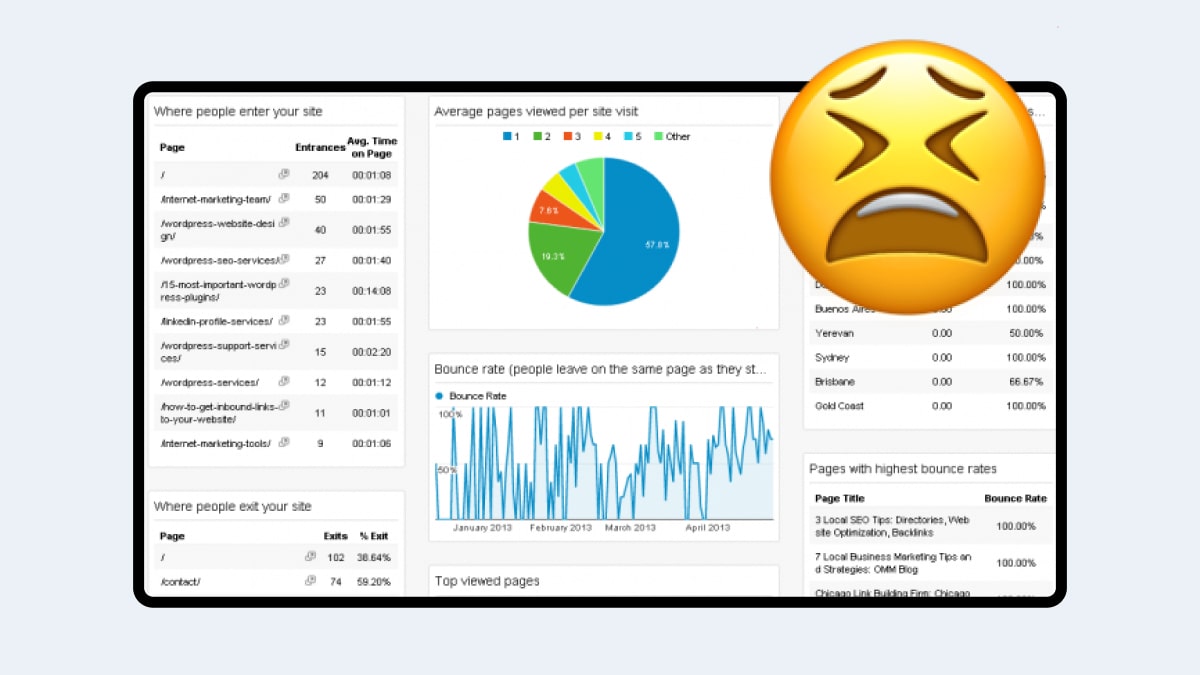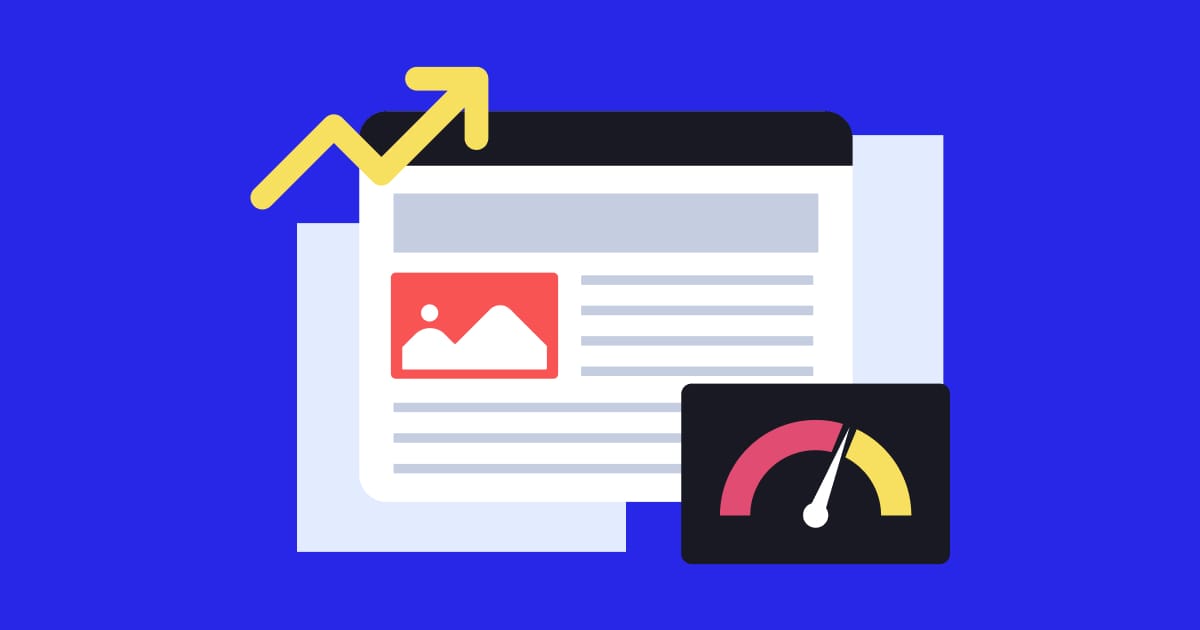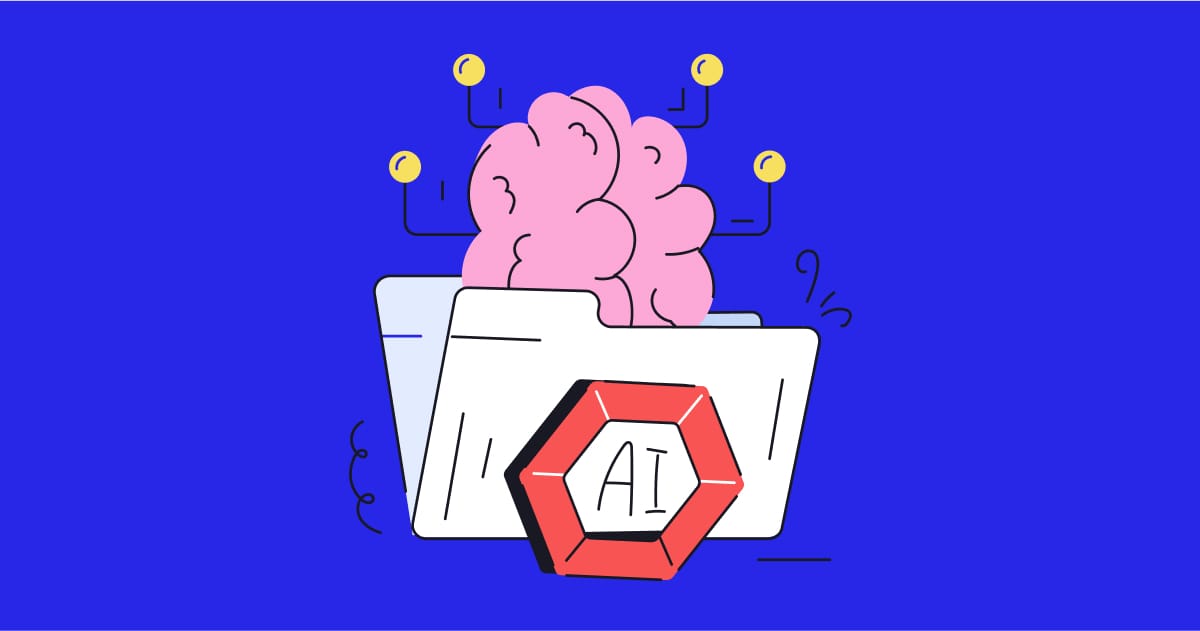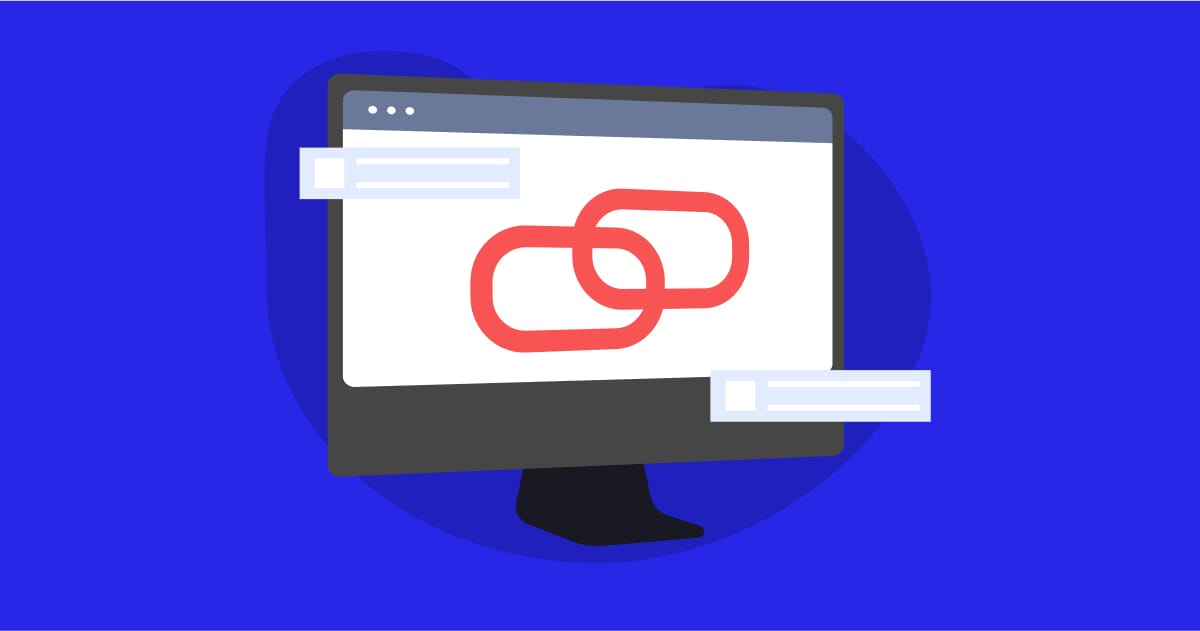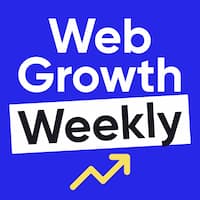When it comes to e-commerce, your landing page is your digital storefront, the first interaction potential customers have with your brand. It’s the online equivalent of a brick-and-mortar shop’s display window. But what happens when visitors stroll by without making a purchase? If your e-commerce landing page isn’t converting as you’d hoped, you’re not alone. Many online businesses face this challenge, and the answers might be right in front of you, often hidden in plain sight.
Let’s explore a 5-point checklist to help you diagnose and address issues with your e-commerce landing page conversion. By the end of this guide, you’ll have a clearer picture of what might be hindering your conversion rate and practical steps to improve it.
1. Align Your Expectations with Industry Averages
Understanding E-commerce Conversion Benchmarks
One of the primary reasons your e-commerce landing page may not be converting as expected is an unrealistic set of expectations. It’s essential to align your conversion goals with industry averages. Surprisingly, many e-commerce businesses are surprised to learn that most landing pages typically convert only about 2-5% of visitors.
The Reality Check: What to Expect
Lower your expectations if you’re aiming for a conversion rate significantly higher than the industry average. While some top-performing e-commerce businesses achieve conversion rates in the double digits, reaching a 20% or 30% conversion rate is far from the norm. By understanding these benchmarks, you can avoid the frustration of setting goals that are unattainable.
Avoiding Unrealistic Conversion Goals
Instead of pursuing a sky-high conversion rate, focus on optimizing your e-commerce landing page within the context of industry standards. Benchmark your performance against similar businesses, and aim for gradual improvements. Remember, the goal isn’t just a high conversion rate; it’s a conversion rate that’s better than your competitors and better than your previous performance.
2. Implement Proper Measurement and Analytics
The Power of Data-Driven E-commerce Decisions
A common challenge for e-commerce businesses is the lack of accurate measurement and analytics. Many business owners have a sense that their landing page isn’t converting well, but without precise data, it’s challenging to identify conversion issues. You can’t improve what you don’t measure, and this is especially true for e-commerce landing pages.
Significance of Analytics for E-commerce
Effective measurement and analytics are at the heart of your e-commerce conversion optimization. You need to track various metrics, such as the number of visitors, bounce rate, conversion rate, and the sources of your traffic. This data provides insights into user behavior and helps identify bottlenecks in the conversion process.
Tools for Measuring E-commerce Conversions
To address this issue, consider using robust analytics tools such as Google Analytics, which can provide detailed data on how visitors interact with your e-commerce landing page. Additionally, tools like PostHog can help you measure key metrics, understand your users, and make data-driven decisions to optimize your e-commerce conversions effectively.
3. Target the Right Audience
Relevance is Key in E-commerce
Even if your e-commerce landing page adheres to best practices and is well-designed, it won’t convert if you’re directing the wrong visitors to it. Relevance is paramount in e-commerce. Reflect on your ad audience targeting and make sure it aligns with your ideal customer profile. Are the people you’re driving to your landing page genuinely interested in your products or services?
The Role of Audience Targeting
Effective audience targeting is crucial for e-commerce success. With platforms like Google Ads and Facebook Ads, you have the tools to reach a specific audience based on their demographics, interests, and online behavior. If your targeting is off, your landing page will likely see higher bounce rates and lower conversions.
Defining Your Ideal E-commerce Customer
To fix this issue, clearly define your ideal e-commerce customer. Develop detailed buyer personas that help you understand your audience’s pain points, desires, and online behavior. This data will guide your ad targeting efforts and ensure you’re reaching those most likely to convert.
4. Optimize Your Landing Page Performance
The Need for Speed in E-commerce
Another crucial aspect affecting your e-commerce landing page conversion rate is page loading speed. Slow-loading pages can lead to frustrated visitors who leave before making a purchase. If your e-commerce landing page isn’t performing well, it’s essential to assess its speed and make improvements.
Understanding the Impact of Page Load Times
The impact of page load times on conversion rates cannot be overstated. Research shows that more than half of online visitors will leave a website if it doesn’t load within three seconds. In the fast-paced world of e-commerce, you need to ensure your landing page loads in less than one second to maximize your conversion potential.
Google’s Tools for Page Performance
To address this issue, use Google’s PageSpeed Insights and other performance analysis tools. They provide valuable insights into your landing page’s load times and suggest optimization strategies. Compress images, leverage browser caching, and minimize the use of large files or scripts to create a lightning-fast experience for your visitors.
5. Simplify and Clarify Your E-commerce Landing Page
The Power of Clarity in E-commerce Conversions
If your e-commerce landing page is cluttered with too much information or filled with complex language, it’s likely deterring potential customers. The power of clarity in e-commerce conversions cannot be emphasized enough. To engage and convert visitors, your landing page must communicate your message clearly and concisely.
Common Language Pitfalls
If you’re struggling with a landing page not converting, complex language is a common issue. Avoid using jargon, complex terminology, or lengthy paragraphs. Visitors should immediately understand what you’re offering, why it’s beneficial, and how to take action.
Strategies for Simplifying Landing Page Language
To resolve this, adopt a clarity-centric approach. Simplify your language, break down information into digestible sections, and use concise headlines. Prioritize visuals like images, videos, and infographics to convey your message efficiently. When visitors quickly grasp the value you provide, they’re more likely to convert.
Unlocking E-commerce Success
This comprehensive 5-point checklist is your guide to transforming your e-commerce landing page from an underperforming digital asset to a conversion powerhouse. By managing your expectations, implementing analytics, refining your audience targeting, optimizing page performance, and simplifying your message, you’ll be well on your way to improving e-commerce conversions. Remember, a successful e-commerce landing page is a continuous work in progress, and these actionable steps can set you on the path to lasting success in the online marketplace.
If you want a comprehensive review of your landing page, and to come away with a customized list of actionable revisions to boost conversion, book a Page Lift and see what’s holding you back!
